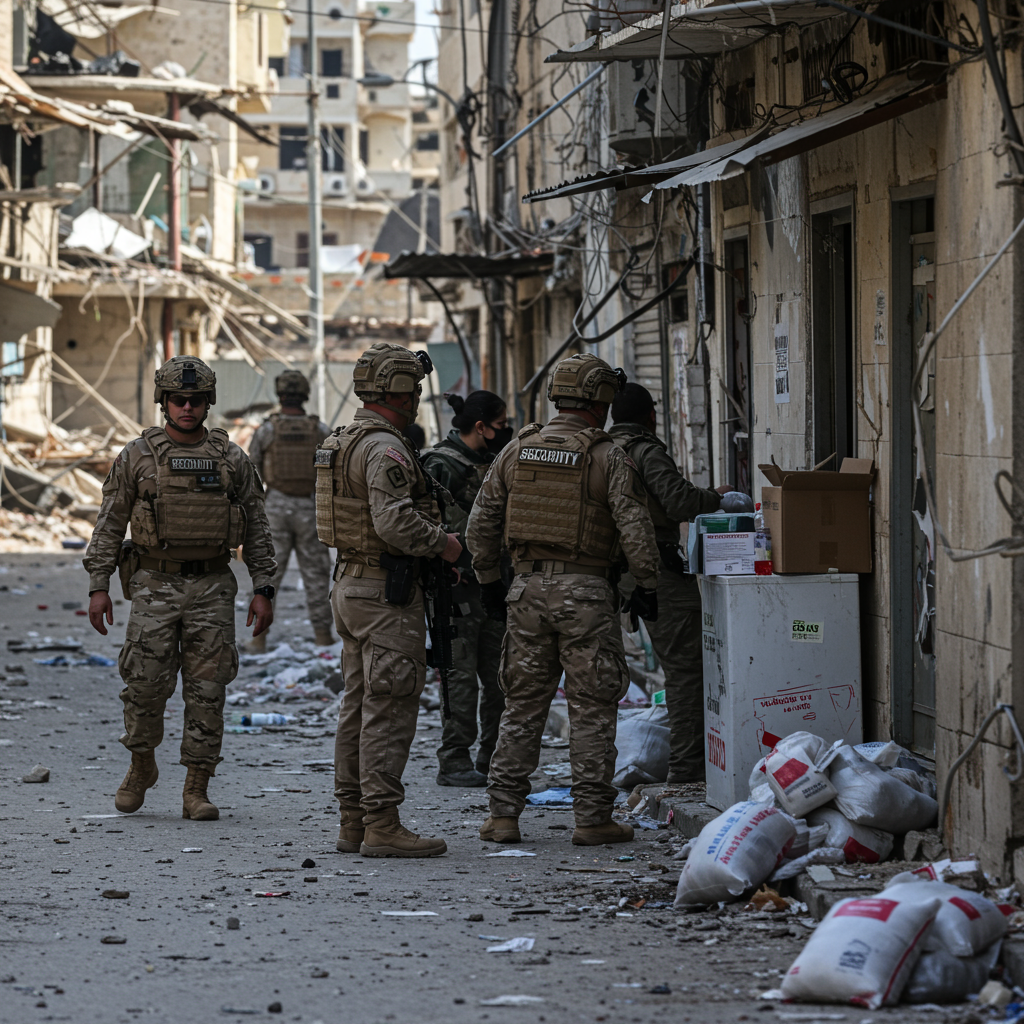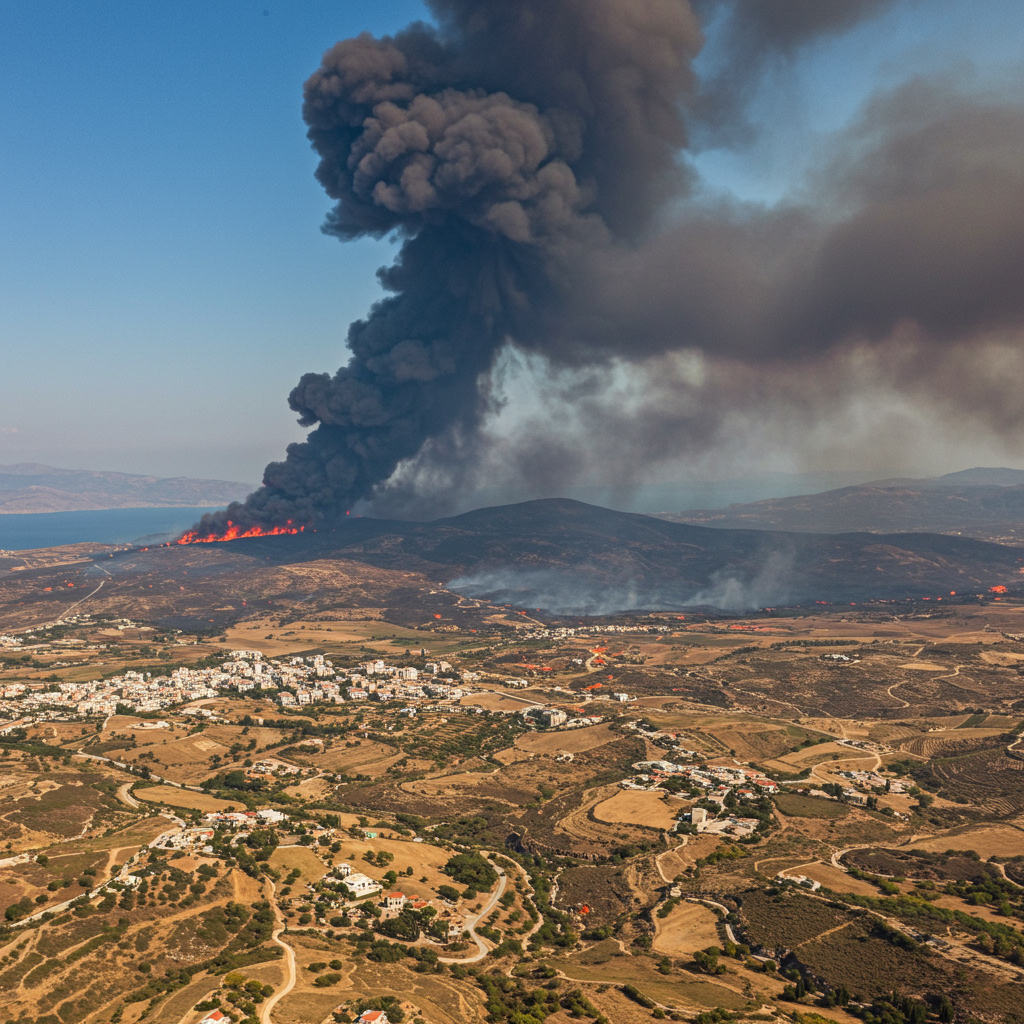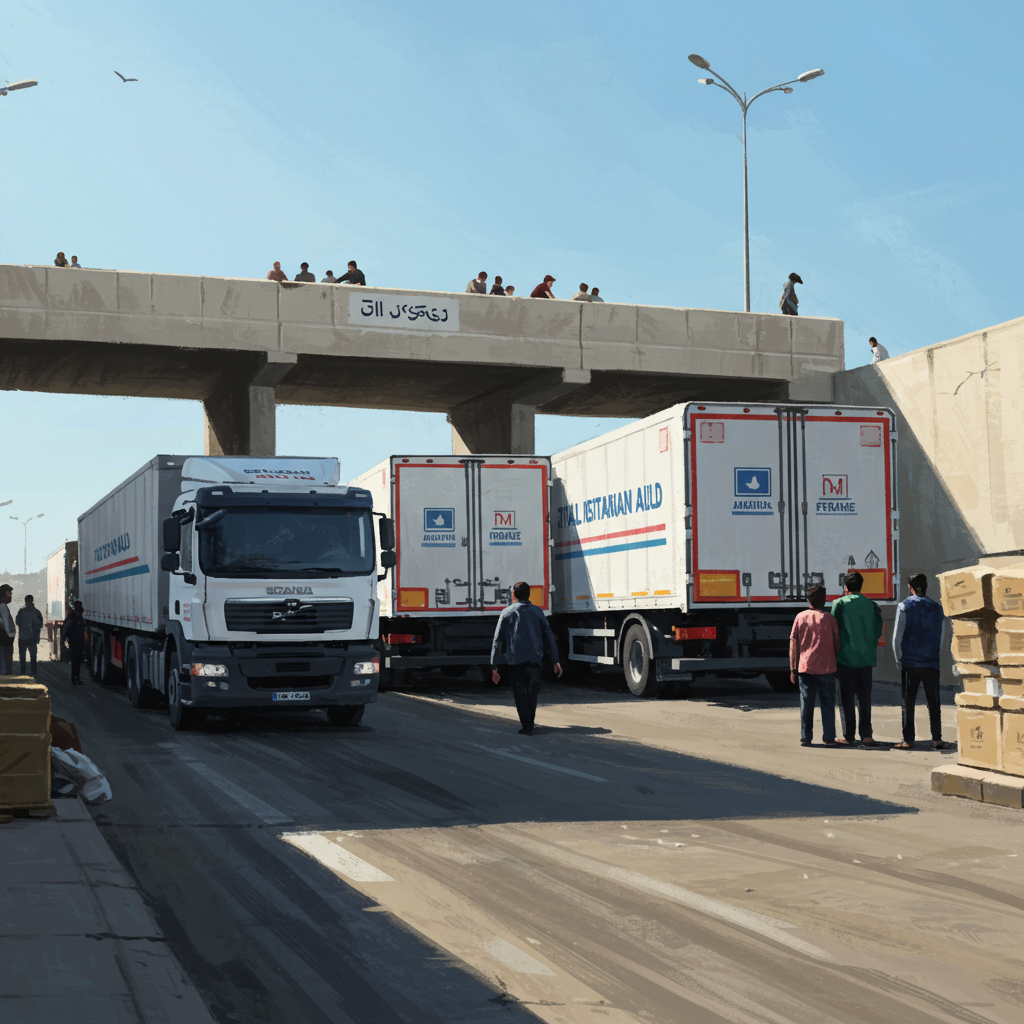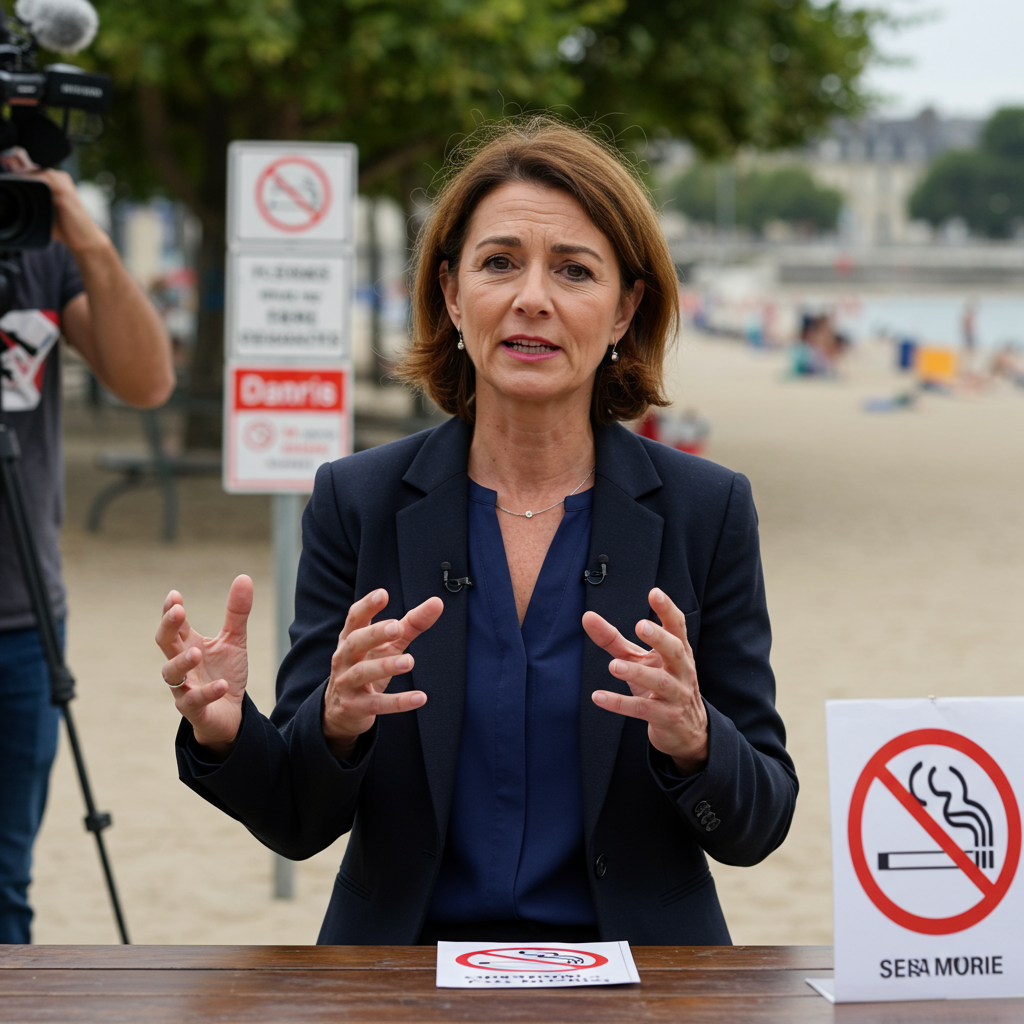Tragedy struck a controversial aid distribution point in southern Gaza this past Saturday. Two American security workers were injured during an attack at a facility run by the Gaza Humanitarian foundation (GHF) in Khan Younis. The incident occurred as the GHF was concluding a food distribution event intended to provide much-needed relief to thousands of desperate residents.
The Gaza Humanitarian Foundation, a privately-run organization backed by both the United States and Israel, quickly issued a statement regarding the attack. The GHF alleged that two militants threw grenades at the distribution site, specifically targeting the area where the American personnel were located. They explicitly blamed Hamas for the assault.
The injured American workers, described by the GHF as “American security workers” and “American veterans,” are part of the foundation’s security team. This contingent reportedly includes private U.S. military contractors. Following the attack, the workers received immediate medical treatment. The GHF confirmed their injuries were not life-threatening and they were in a stable condition. No other aid workers or civilians present at the site were reported harmed during this specific incident. While GHF shared fragments of an explosive device, they did not provide further immediate evidence directly linking Hamas to the detonation.
The Controversial Role of the Gaza Humanitarian Foundation
The Gaza Humanitarian Foundation began operating in May, aiming to distribute aid from several locations across southern and central Gaza, including sites near Khan Younis and the Nuseirat refugee camp. Unlike traditional international aid efforts, the GHF operates outside established channels like the United Nations. This approach has sparked significant criticism from various humanitarian bodies and officials.
The UN has stated it does not view the GHF as either impartial or neutral, a core principle for aid agencies operating in conflict zones. Critics argue the GHF system is flawed and potentially dangerous. Its distribution sites are reportedly accessible only after passing through Israeli military positions, sometimes hundreds of meters away. Furthermore, many Palestinians attempting to reach these sites have been forced to navigate active combat zones, dramatically increasing the risks they face simply trying to obtain food.
Mounting Concerns Over Aid Site Safety
Concerns about the safety of aid distribution in Gaza, particularly around non-traditional sites, have intensified in recent months. A senior UN official reported a disturbing statistic: since Israel lifted an 11-week aid blockade on Gaza on May 19, over 400 Palestinians have been killed while attempting to access aid handouts. A significant majority of these fatalities reportedly occurred near GHF distribution locations.
The Hamas-run interior ministry in Gaza had issued a stark warning to residents just days before the attack on GHF workers. The ministry cautioned Palestinians against cooperating with the GHF, claiming that deadly incidents near the foundation’s distribution points endangered hungry civilians. Palestinians and witnesses have also reported that Israeli troops frequently open fire towards crowds gathered on the roads leading to GHF distribution points.
Despite these widespread reports and accounts, the GHF has maintained a different perspective. The organization claims its sites are guarded by private contractors and denies that anyone has been shot at their facilities. They have stated that their system is effective, claiming to have delivered over 52 million meals in just five weeks and asserting that aid delivered by other humanitarian groups has been “nearly all looted.” However, CBS News previously reported that a GHF contractor admitted to firing into a crowd at one aid site, and GHF’s own released footage has sometimes depicted their aid sites as overrun and lacking a clear, organized distribution process.
Broader Conflict Context and Ceasefire Hopes
The attack on the GHF workers unfolds against a backdrop of intense violence and delicate ceasefire negotiations in Gaza. Just on Saturday alone, Gaza’s civil defence agency reported that 32 Palestinians were killed by Israeli military operations. Gaza health ministry officials provided an even higher figure for the preceding 24 hours, stating at least 70 people were killed by Israeli forces across the territory. This includes specific incidents like Israeli airstrikes that killed 14 people on Saturday, including seven fatalities in tents in the Muwasi area, among them a Palestinian doctor and his three children. Additionally, reports indicate 10 Palestinians died while attempting to find food elsewhere in the enclave, eight near a GHF site in Rafah and one near another GHF point (though GHF disputes fatalities at their direct sites).
According to the Gaza health ministry, the total death toll in the territory has now tragically surpassed 57,000 Palestinians since the war began. These figures are provided by the ministry, which is led by medical professionals employed by the Hamas government. While it does not differentiate between civilians and combatants, its casualty statistics are widely considered the most reliable data available on the war by the United Nations and other international organizations.
The conflict was triggered by the devastating Hamas attacks on Israel on October 7, 2023. Those assaults resulted in the deaths of approximately 1,200 people in Israel and the taking of 251 hostages into Gaza. Israel’s subsequent military campaign aims to dismantle Hamas’s military and governing capabilities and secure the release of the remaining hostages.
Amidst this ongoing violence, efforts to broker a ceasefire have gained tentative momentum. Hamas indicated late Friday that it had delivered a “positive” response to the latest US proposal for a truce, believed to be a 60-day pause in fighting that includes a phased exchange of Israeli hostages for Palestinian prisoners held in Israeli jails. Approximately 50 hostages are still believed to be held in Gaza, with at least 20 thought to be alive.
Sticking Points in Ceasefire Negotiations
While Hamas expressed readiness for further talks, the group is reportedly seeking amendments to the US draft agreement. Key demands include a US guarantee that hostilities will not resume once the ceasefire period concludes. Crucially, Hamas also wants the Gaza Humanitarian Foundation to be completely scrapped. They insist that all aid distribution in Gaza must be handled exclusively by the United Nations and its established partners. Israel has previously rejected these specific demands, creating a significant hurdle in the negotiations. US President Trump is reportedly pushing for a deal and is scheduled to host Israeli Prime Minister Benjamin Netanyahu to discuss the path forward.
The attack on the GHF aid workers highlights the perilous conditions faced by anyone involved in aid distribution in Gaza and underscores the deep divisions surrounding how humanitarian assistance should be delivered in the war-torn territory. The controversy surrounding GHF, coupled with the high number of Palestinian casualties near its sites and the ongoing debate over its role in ceasefire talks, underscores the complex interplay between aid, security, and politics in this devastating conflict.
Frequently Asked Questions
What is the Gaza Humanitarian Foundation (GHF) and why is it controversial?
The Gaza Humanitarian Foundation is a privately-run organization backed by the US and Israel, which began distributing aid in Gaza in May. It operates outside traditional UN channels, leading to controversy. Critics, including the UN, view it as neither impartial nor neutral. Concerns center on its operational model, which reportedly forces people through combat zones to reach its sites, and the high number of Palestinian casualties documented near its distribution points.
Where did the attack on the US aid workers happen and who was blamed?
The attack occurred at a Gaza Humanitarian Foundation (GHF) aid distribution site in Khan Younis, southern Gaza, near the Nuseirat refugee camp. The GHF stated that two militants threw grenades at the site and explicitly blamed Hamas for the incident. Hamas had not commented on the attack at the time of reporting.
How does the attack on aid workers relate to the ongoing ceasefire talks?
The attack occurred as Hamas indicated readiness for further talks on a US-proposed ceasefire deal. A key demand from Hamas in these negotiations is the complete shutdown of the GHF and exclusive aid distribution by the UN. The attack highlights the deep divisions over aid delivery methods, adding complexity to the already difficult discussions aimed at pausing hostilities and exchanging hostages and prisoners.




